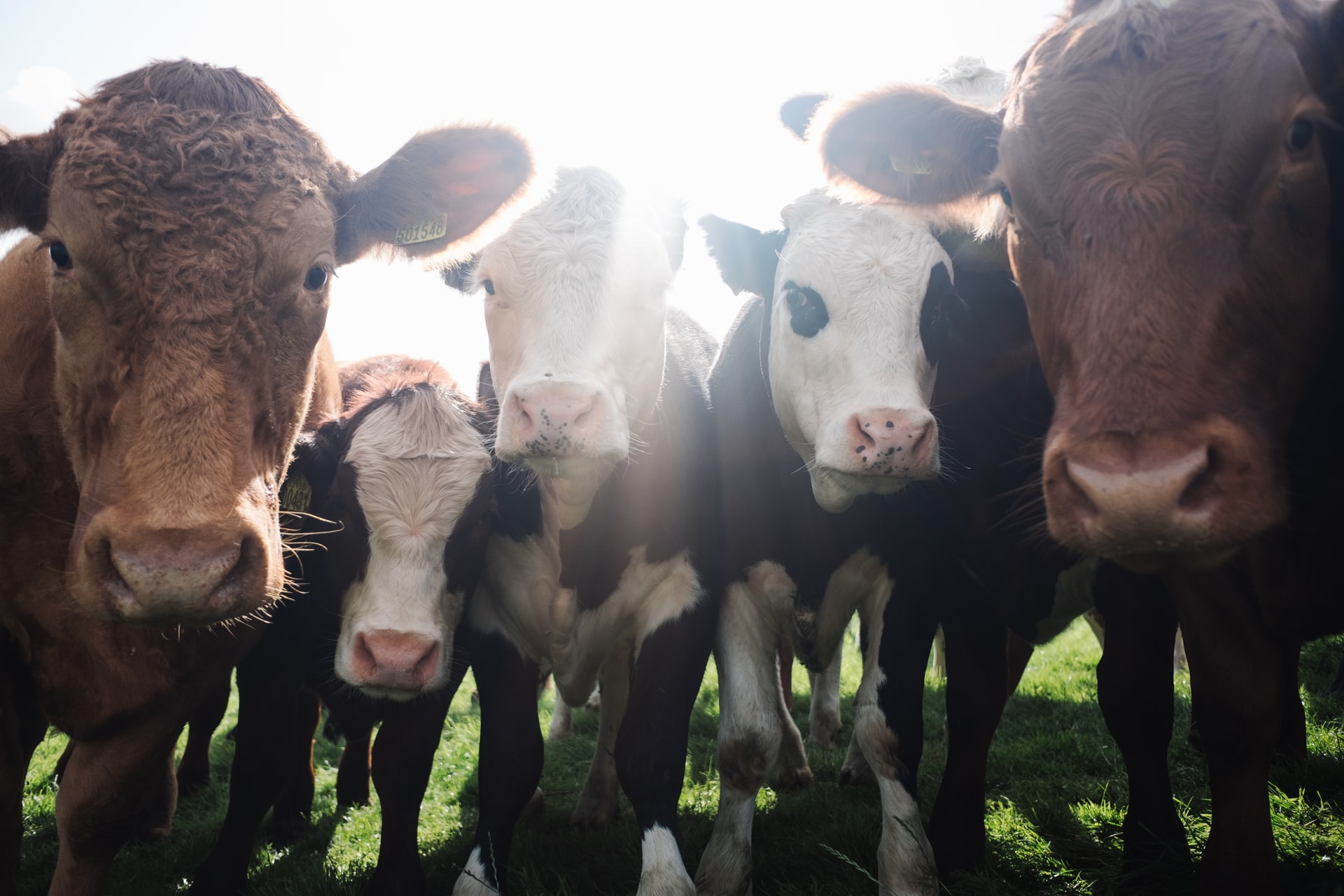The more we learn about the impact that the livestock industry has on animals and the broader health of our planet, the clearer it has become that our present behavior is untenable. Despite the existence of alternatives, we continuously choose to fund an industry that brutally dominates and slaughters tens of billions of sentient creatures, while also contributing egregiously to environmental degradation during a time of climate emergency. In the face of such realities, the need to choose a more compassionate and sustainable path forward is clear.
If you aren’t yet convinced that going vegan is a powerful way for us to better live in alignment with values that we already claim to hold, such as avoiding unnecessary violence, we recommend taking some time to read through
the topics covered in our values section. This post, however, will focus on an increasingly common dilemma that people around the world are facing. For many people, they can see the many advantages that would come with a plant based world, but the prospect of committing to a long-term lifestyle change can seem daunting.
Luckily, eating an entirely vegan diet is far easier than it ever has been in human history.
Let's start by noticing that availability, quality, and diversity of plant-based foods has skyrocketed over the past several decades across a wide range of countries.
Recent research from Oxford University has demonstrated that vegan and vegetarian diets are the cheapest option in high-income countries, and that eating sustainable diets
is possible everywhere when food security has been established.
In countries such as the US, the UK, Australia, and across Western Europe, vegan diets were the most affordable and
reduced food costs by up to one third.
Dr. Marco Springmann of Oxford remarked, "When scientists like me advocate for healthy and environmentally-friendly eating, it’s often said we’re sitting in our ivory towers promoting something financially out of reach for most people. This study shows it’s quite the opposite."
To put it simply: if you live in a middle-to-high income nation and become vegan,
you are likely to immediately start saving money while also making plant-based products more accessible for people all around the world — and your diet is
likely to be healthier than a standard Western diet.
One thing that we discovered after becoming vegan was just how much we had overestimated the mental effort that would be required to maintain the diet.
While an adjustment period was present to varying degrees among members of our team, all of us found that we adapted much more quickly than we thought, and
that less effort was required over time.
This disparity between our expectations and the actual practicalities of going vegan was due to us underestimating the power of habit.
As time went on, the process of eating vegan becomes just as automatic and thoughtless as planning a non-vegan diet. Once the mental schema of
avaliable foods is developed, the day-to-day process of planning meals was virtually identical to before.
A common misunderstanding that people have with a vegan diet is that they imagine one must completely reinvent the types of foods they get to eat on a day to day basis. Many people, when first considering the prospect of going vegan, imagine that they will need to basically adopt a Rabbit’s diet — leafy greens, and not much else. When put into practice, however, this couldn’t be further from the truth.
Here’s a tip for streamlining the process: start by imagining the categories of foods that you already like to eat. Before we went vegan, we ate everything: burgers, tacos, pizza, curries, stews, chili, cake, stir-frys, waffles, yogurts, burritos, soup, and yes, salad.
After going vegan, we still eat everything. All of these foods (and much more) can be made vegan, oftentimes with minimal effort. By replacing ingredients that contain animal products with vegan alternatives, we are able to preserve dietary habits while pursuing a more compassionate and sustainable path forward.
Plant-based products are also becoming more accessible and cheaper in grocery stores, making the process easier all the time. And every time these products are purchased, this process is accelerated, resulting in more options and lower prices.
For those just getting started, the team at Veganuary produced a
great guide that is worth a read.
Starting new habits (and breaking old ones) can be difficult, and everybody's journey is unique. One thing that always holds true, however, is
the power of reminding yourself why you are attempting to make a change in the first place.
For us, the necessity of transitioning to veganism was overdetermined.
After we learned about the abuse that farmed animals
suffer by the billions each year, we began making fundemental changes to our diet.
This was before we knew anything about
the climate and
health threats posed by these products. Once more research was done, we began to see
veganism for what it actually is. Veganism, at the end of the day, isn't a diet — rather, it is a commitment to reduce unecessary suffering to the maximum degree that we practically can in our lives.
If you are struggling with developing new habits, try reminding yourself of the changes in the world and yourself that you would like to see as a result of these habits.
Every day eating a plant based diet is a day where you made a meaningful push for a more compassionate, sustainable, and healthful future. And after all, isn't doing something that is good for you and good for the planet really the best case scenario?
Cheers,
The AAP Team

